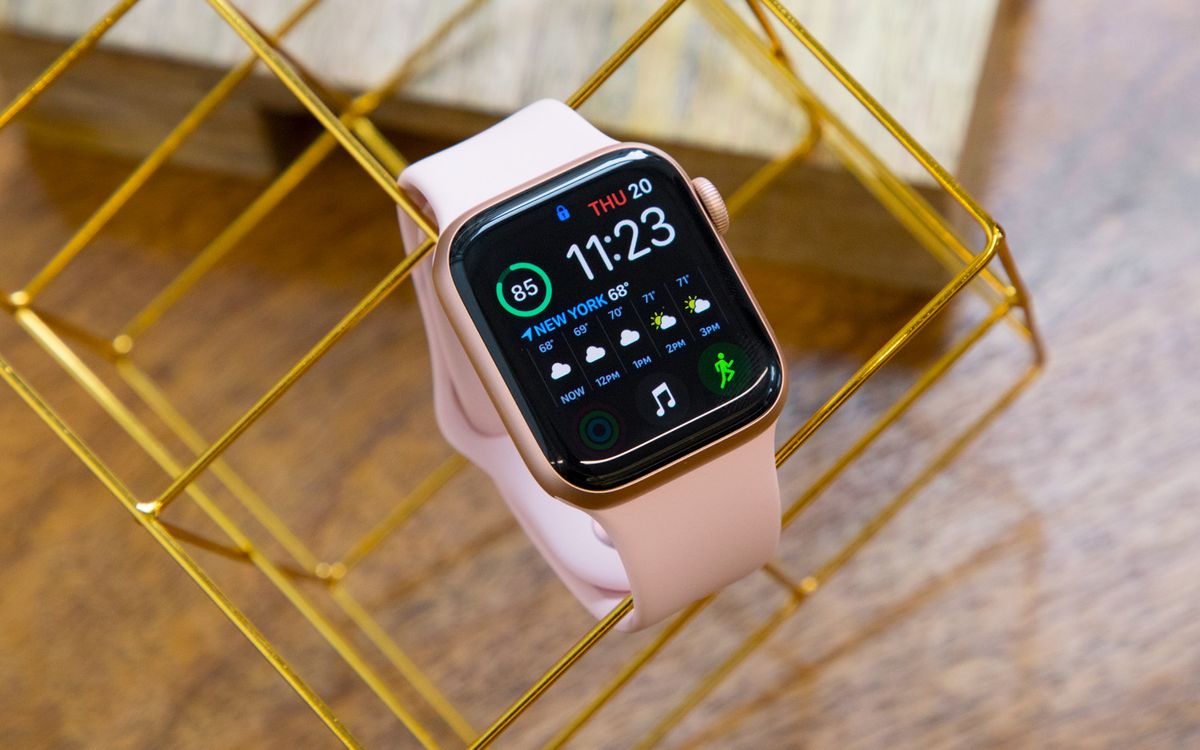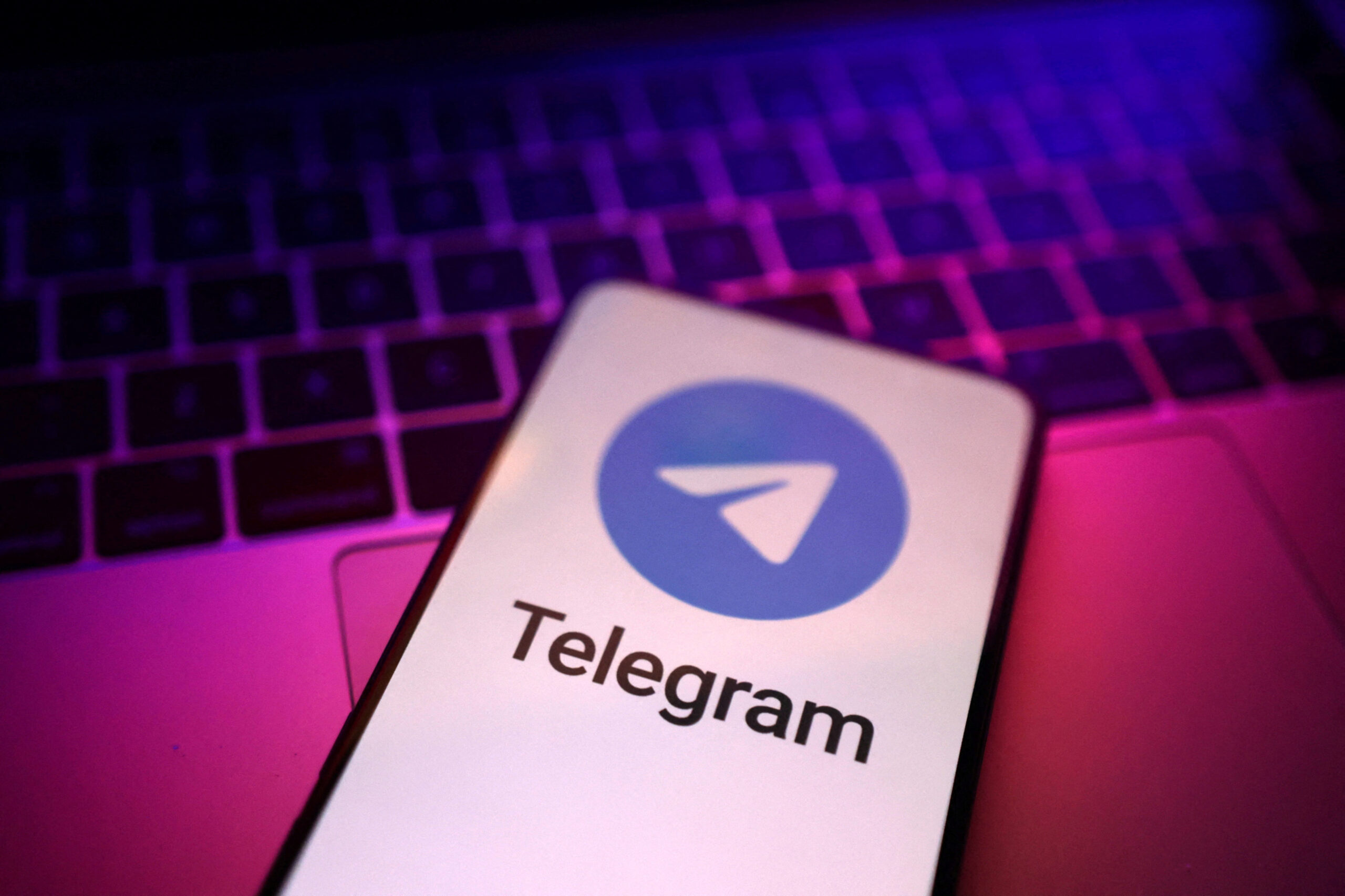For years, the intricate dance of microchip manufacturing has played out largely overseas, a complex global ballet involving specialized factories and intricate supply chains. But the landscape is shifting, and a significant new act is unfolding in the Arizona desert.
Recent reports indicate that Apple has begun manufacturing its sophisticated S9 chip, the powerhouse behind the Apple Watch, on American soil for the very first time. This move marks a pivotal moment, not just for Apple, but for the broader semiconductor industry in the United States.
The news centers around TSMC’s advanced Fab 21 plant near Phoenix. TSMC, the Taiwanese Semiconductor Manufacturing Company, is a global giant in chip production, and their Arizona facility represents a major strategic expansion beyond their home base. This plant, already producing the A16 Bionic chip that powers certain iPhone models, has now added the S9 to its repertoire.
The S9 chip, which debuted in the Apple Watch Series 9 and continues to drive the Apple Watch Ultra 2, is a marvel of miniaturization. It’s a System-in-Package (SiP), meaning multiple components are integrated into a single, compact unit. This intricate design, based on processing features derived from the A16, demands cutting-edge manufacturing processes.
Both the A16 and the S9 are built using TSMC’s 4-nanometer process technology, often referred to simply as “N4.” This shared technological foundation is key to understanding the recent shift in production. The fact that both chips utilize the same advanced technology has enabled TSMC to efficiently adapt its Arizona production line to accommodate the S9 alongside the A16. It’s like a well-oiled machine, smoothly transitioning to produce a similar, yet distinct, product.
This development signifies more than just a change in location. It reflects a broader trend of bringing semiconductor manufacturing back to the United States. The strategic importance of domestic chip production has become increasingly clear in recent years, particularly in light of global supply chain disruptions and geopolitical considerations. Having a domestic source for these critical components reduces reliance on overseas production and strengthens national technological independence.
The TSMC Arizona facility is still relatively young, with production capacity in its early stages. The current phase of operation, known as Phase 1A, has a monthly output of approximately 10,000 wafers. These wafers, the raw material for chip production, are shared between Apple’s A16 and S9 chips, as well as other clients like AMD.
Each wafer can yield hundreds of individual chips, depending on factors like chip size, design complexity, and overall production efficiency. Imagine these wafers as large sheets of silicon, meticulously etched with intricate circuits to create the tiny processors that power our devices.
The next phase of development, Phase 1B, is expected to significantly boost the facility’s capacity. Projections indicate a doubling of output to 24,000 wafers per month. This expansion represents a substantial investment in American manufacturing and a commitment to growing the domestic semiconductor industry.
The production of Apple’s S9 chip in Arizona is a significant milestone. It’s a testament to the advancements in American manufacturing capabilities and a sign of things to come. This move not only strengthens Apple’s supply chain but also contributes to the revitalization of the U.S. semiconductor sector, bringing high-tech jobs and expertise to American soil. It’s a story of innovation, strategic planning, and the ongoing evolution of the global technology landscape, playing out in the heart of the Arizona desert.





